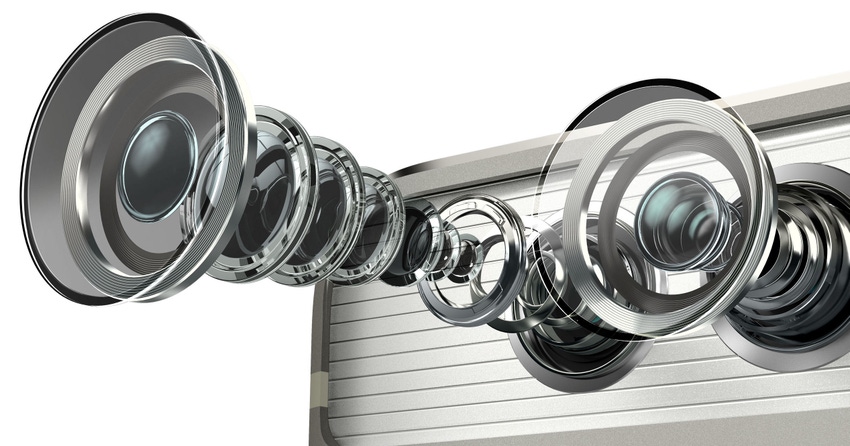HTC joins Huawei in focusing on cameras with flagship HTC 10
HTC has unveiled its latest flagship smartphone just days after the launch of the Huawei P9 and joined its rival in stressing focusing on improvements to its cameras.
April 12, 2016

HTC has unveiled its latest flagship smartphone just days after the launch of the Huawei P9 and joined its rival in stressing focusing on improvements to its cameras.
The new phone is called the HTC 10, mercifully dropping the ‘One M’ prefix. HTC says is has taken the year since the launch of the M9 gauging customer feedback, which has been integral to the development of the 10.
It seems that HTC’s experiment with a smaller number of larger pixels in its camera sensor is one of the things it may have received negative feedback about. The new phone claims to have ‘the best smartphone camera available on the market today,’ with a larger 12MP UltraPixel (1.55µm per pixel) sensor and a trademarked UltraSelfie™ front camera.

Your correspondent has been using an HTC One M8 for the past couple of years and has found the camera to be great in well-lit environments, especially outside, but not so good in low-light. Some of this may be resolved by the bigger sensor and there seems have been some improvement to the image stabilization too, which should help low-light performance as it enables longer exposure.
Other than the camera the phone sports a Qualcomm Snapdragon 820 SoC, a 5.2-inch 564PPI screen and all the other bells and whistles you’d expect from a flagship smartphone. HTC has also been bigging up its audio prowess for some time and is claiming the world’s first stereo, 24-bit audio recording as well as a headphone amp that delivers double the power of ‘conventional’ ones and BoomSound speakers with separate tweeters and woofers, just like proper speakers.
Last week’s Huawei P9 launch was, if anything, even more camera-obsessed and produced the better-looking camera render, so that’s the one we used at the top of the story. Huawei hard partnered with German optics specialist Leica to offer a dual-lens take on the smartphone camera. The RGB camera focuses on capturing colour, while the monochrome one is in charge of detail, resulting in a better overall image, we’re told.
“Huawei is excited to give P9 users the best smartphone photography experience by leveraging the unrivalled capabilities of Leica, the leader in the world of imaging for more than 100 years,” said Richard Yu, CEO of Huawei Consumer Business Group. “P9 users can now capture images with unmatched clarity, richness and authenticity, with a masterfully designed and powerful smartphone that looks and feels incredible.”
“Leica and Huawei share an uncompromising commitment to imaging excellence, and our partnership will put outstanding photography into the hands of more consumers around the world,” said Oliver Kaltner, CEO of Leica. “We are deepening our collaboration to give users a more optimal smartphone photography experience.”
Apart from that Huawei is using its own Kirin 955 SoC and is following Apple and Samsung by offering standard and supersized versions (5.2” and 5.5”) of the phone, the latter bearing the ‘plus’ suffix.
It’s been pretty tough for a few years to differentiate if you’re an Android smartphone vendor, with Samsung ruling the roost as much through marketing and distribution power than any inherent device superiority. Cameras remain one component capable of offering something different to the consumer and, furthermore, are not an area Apple can claim clear leadership, so we can expect them to remain the focus of smartphone launches for a while yet.
About the Author(s)
You May Also Like








.png?width=300&auto=webp&quality=80&disable=upscale)


_1.jpg?width=300&auto=webp&quality=80&disable=upscale)


.png?width=800&auto=webp&quality=80&disable=upscale)